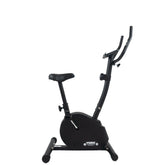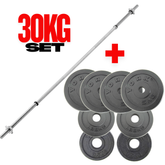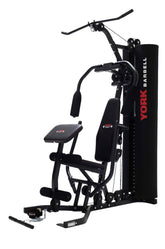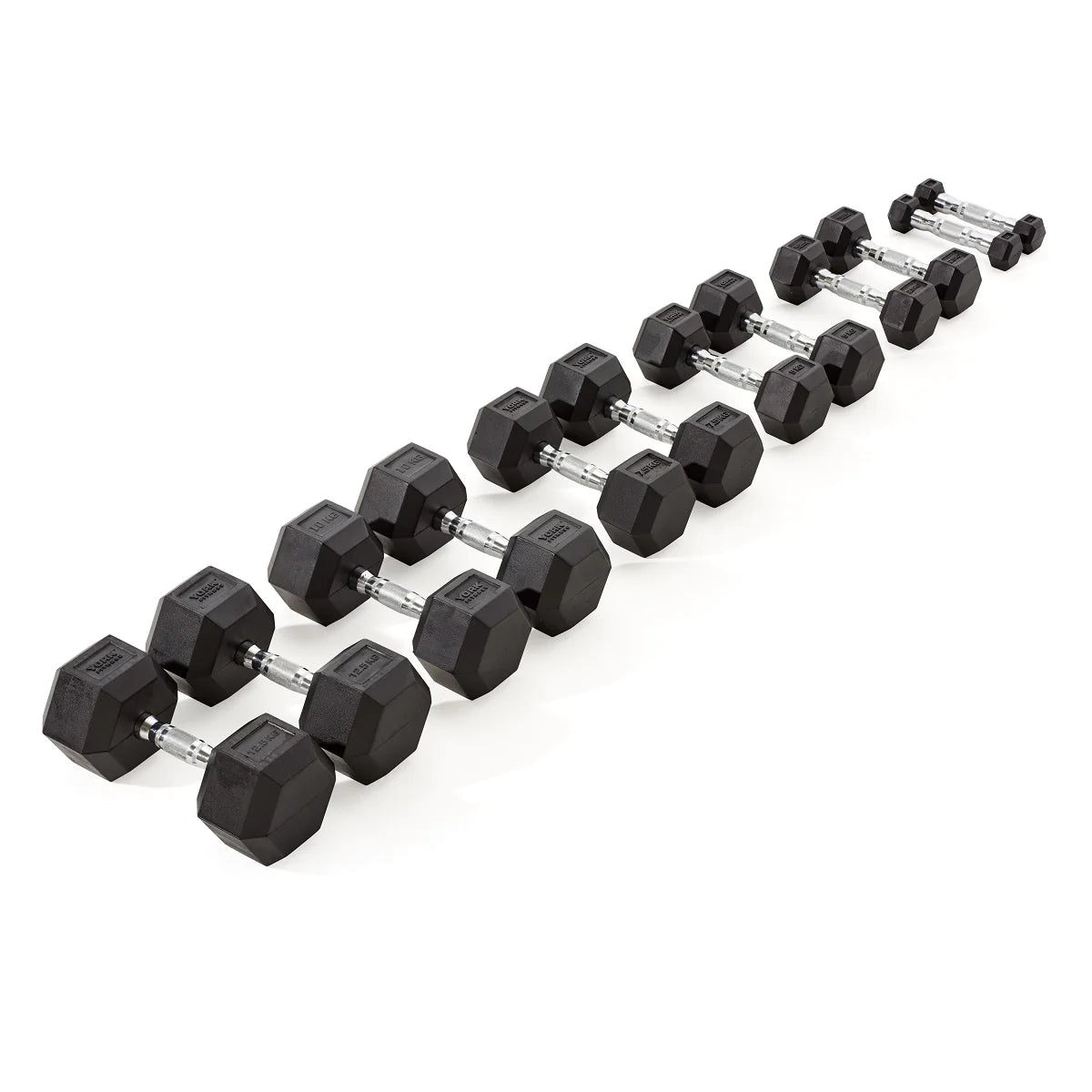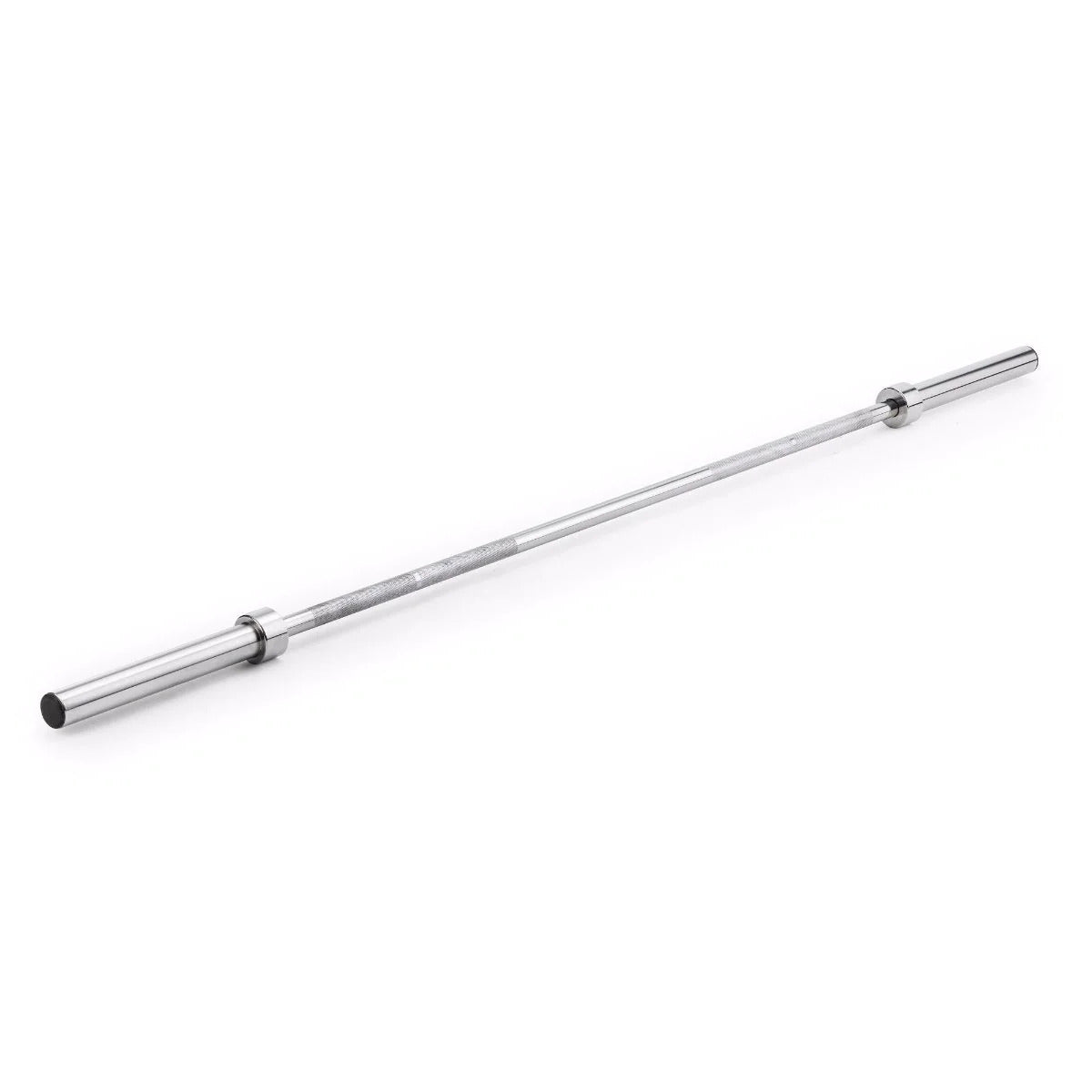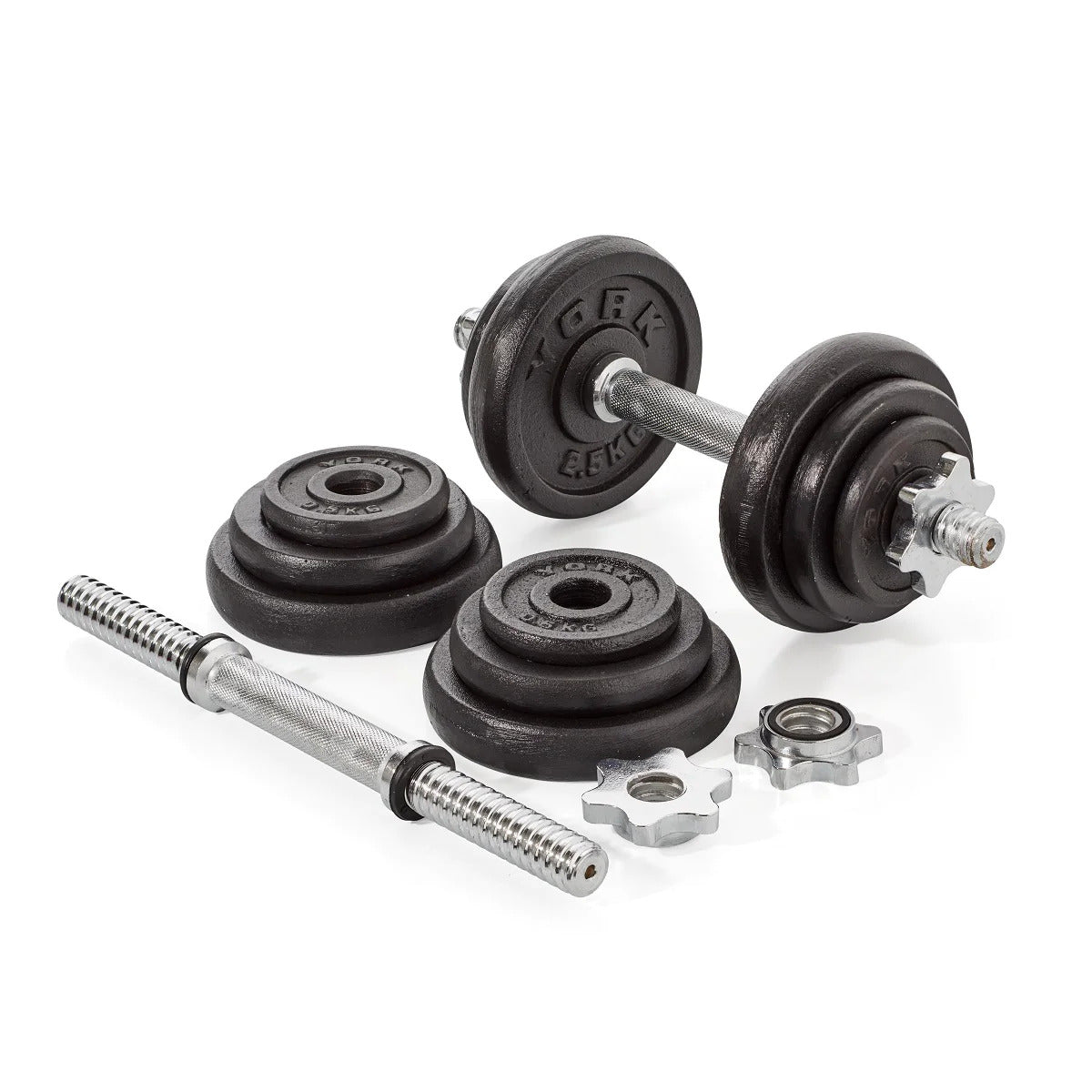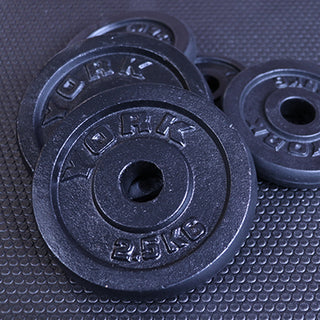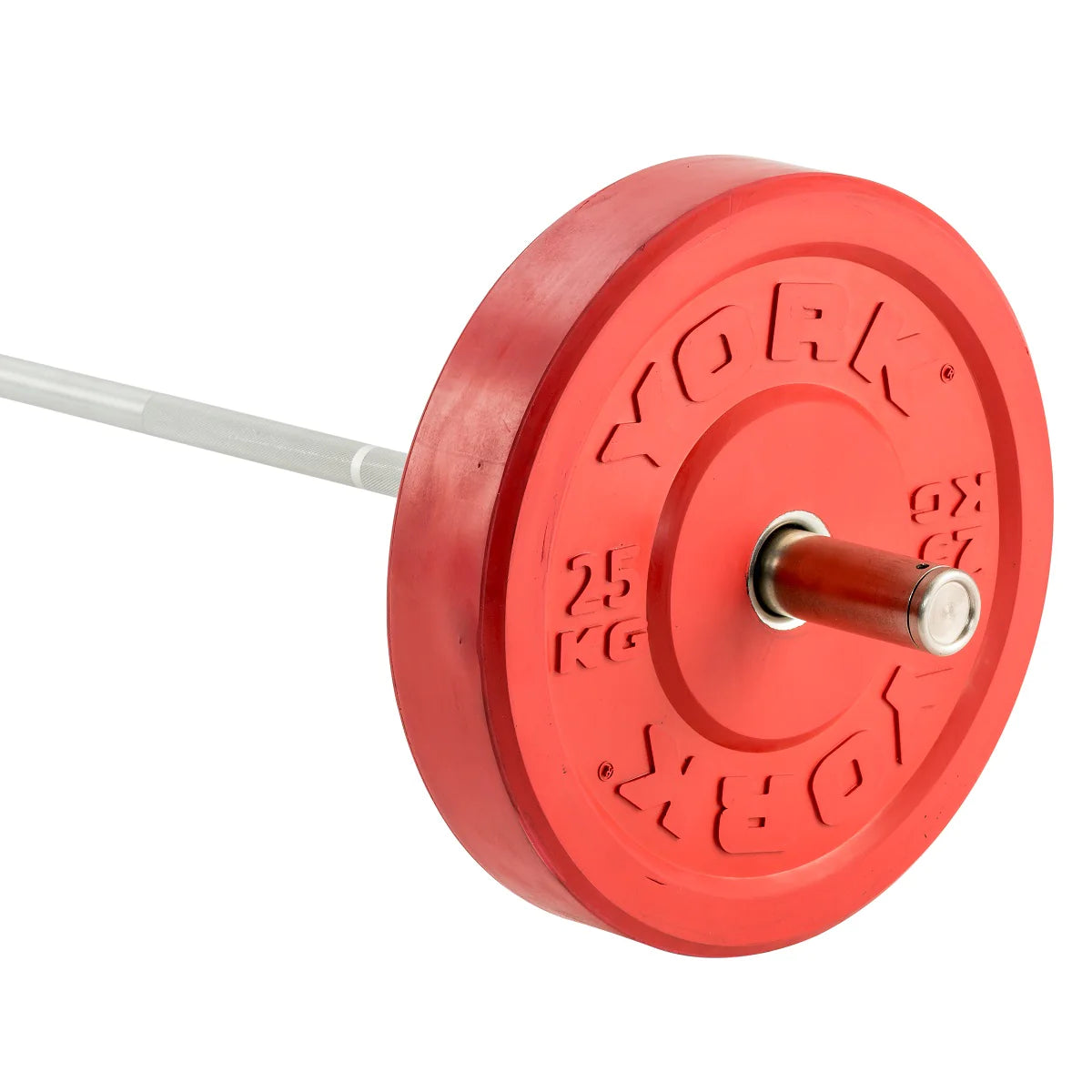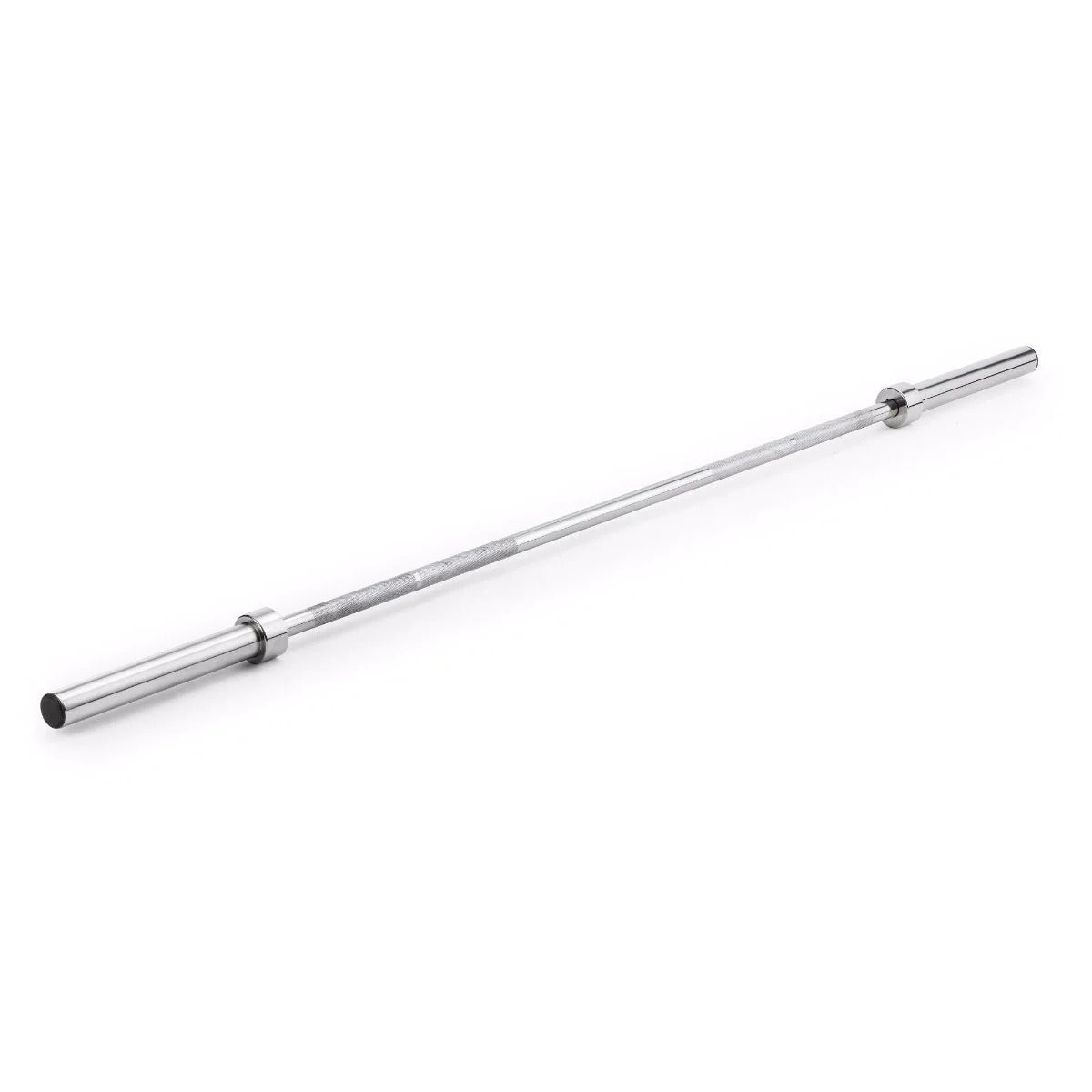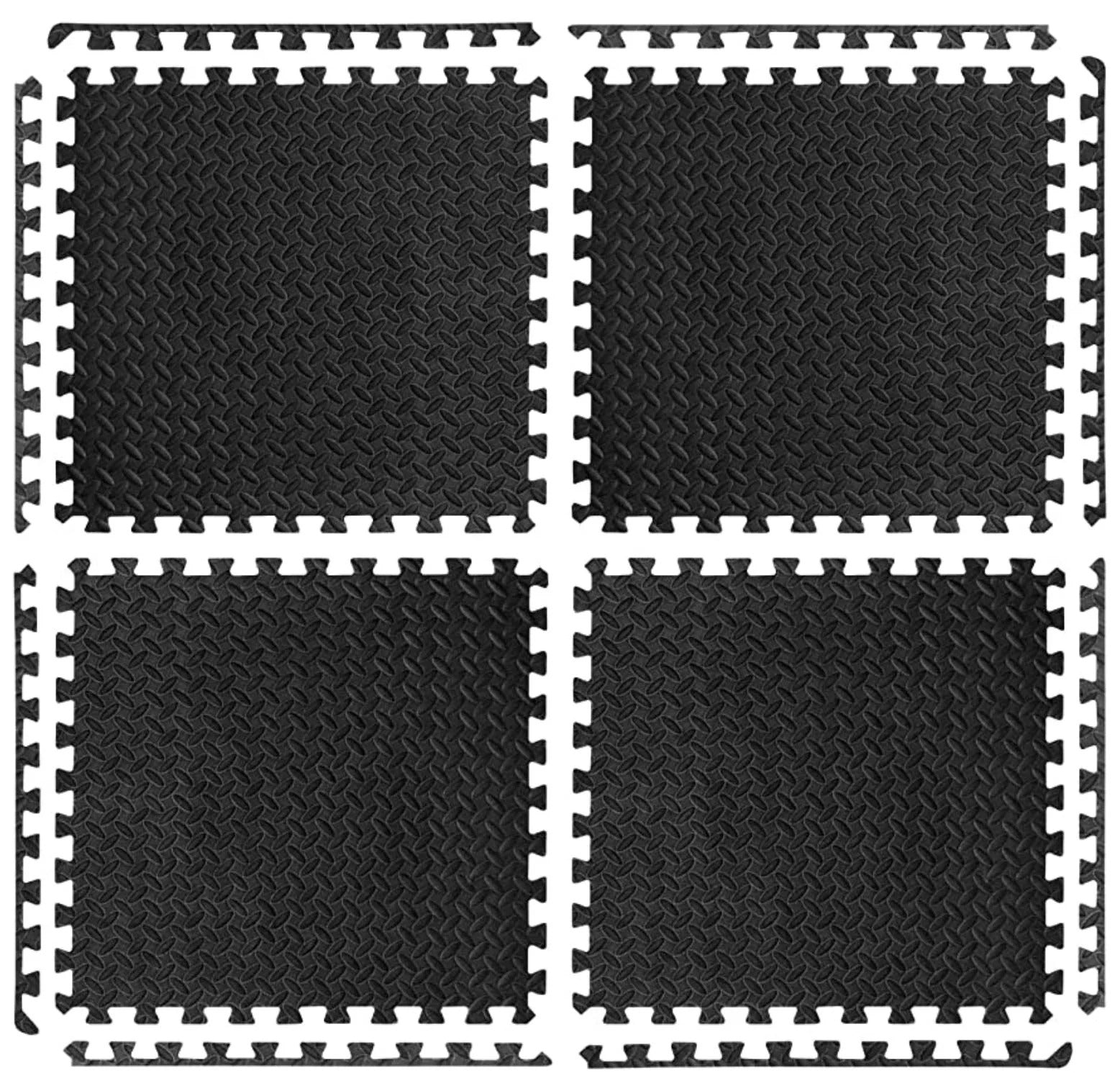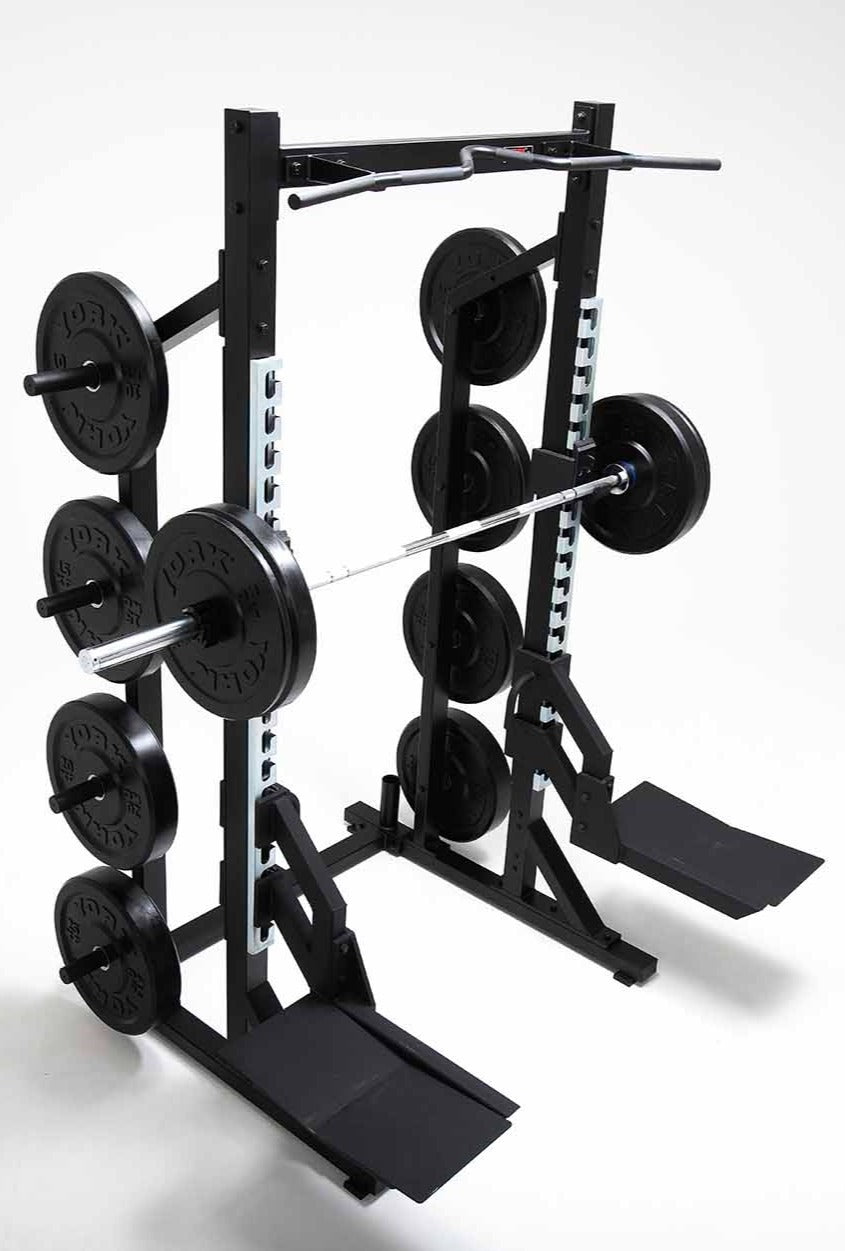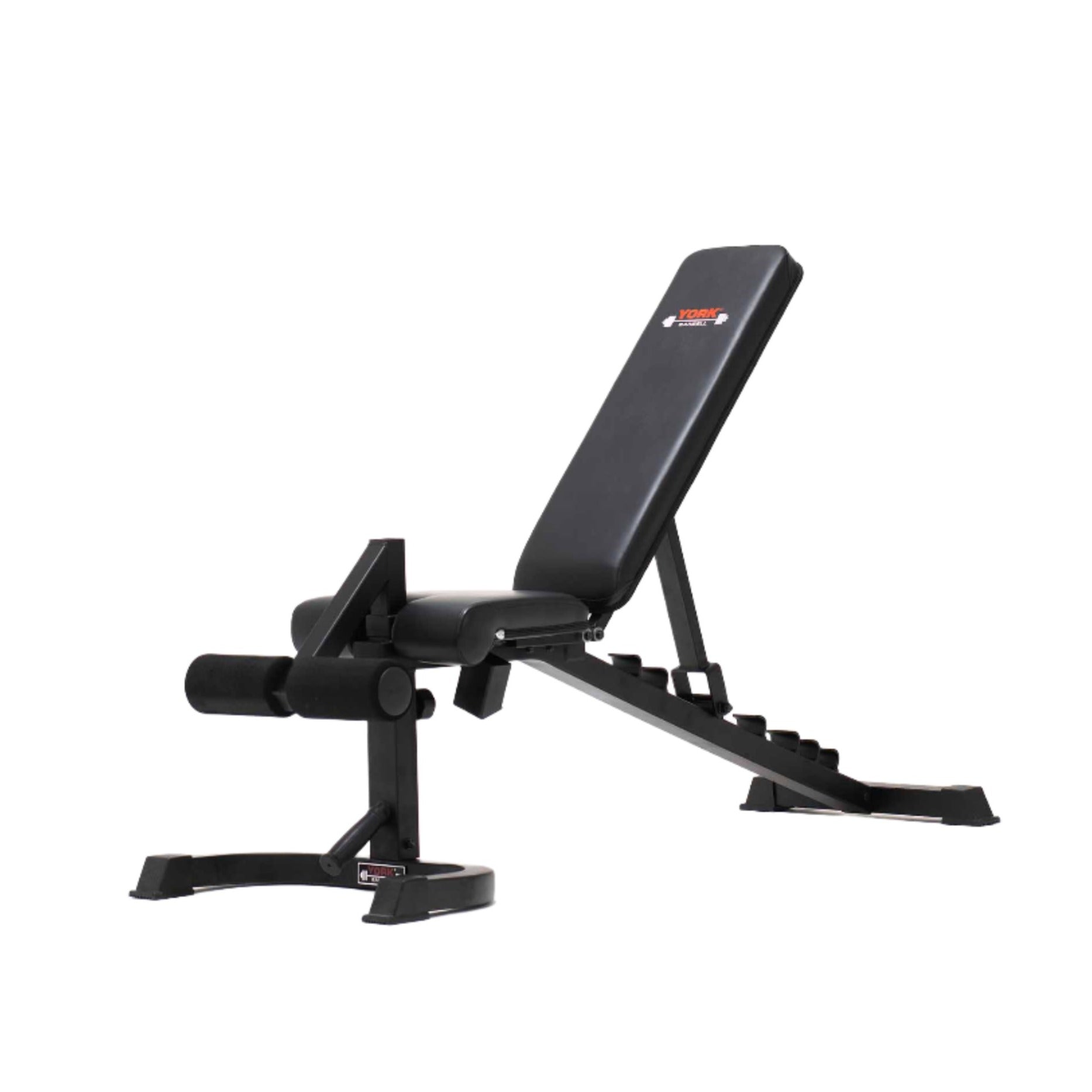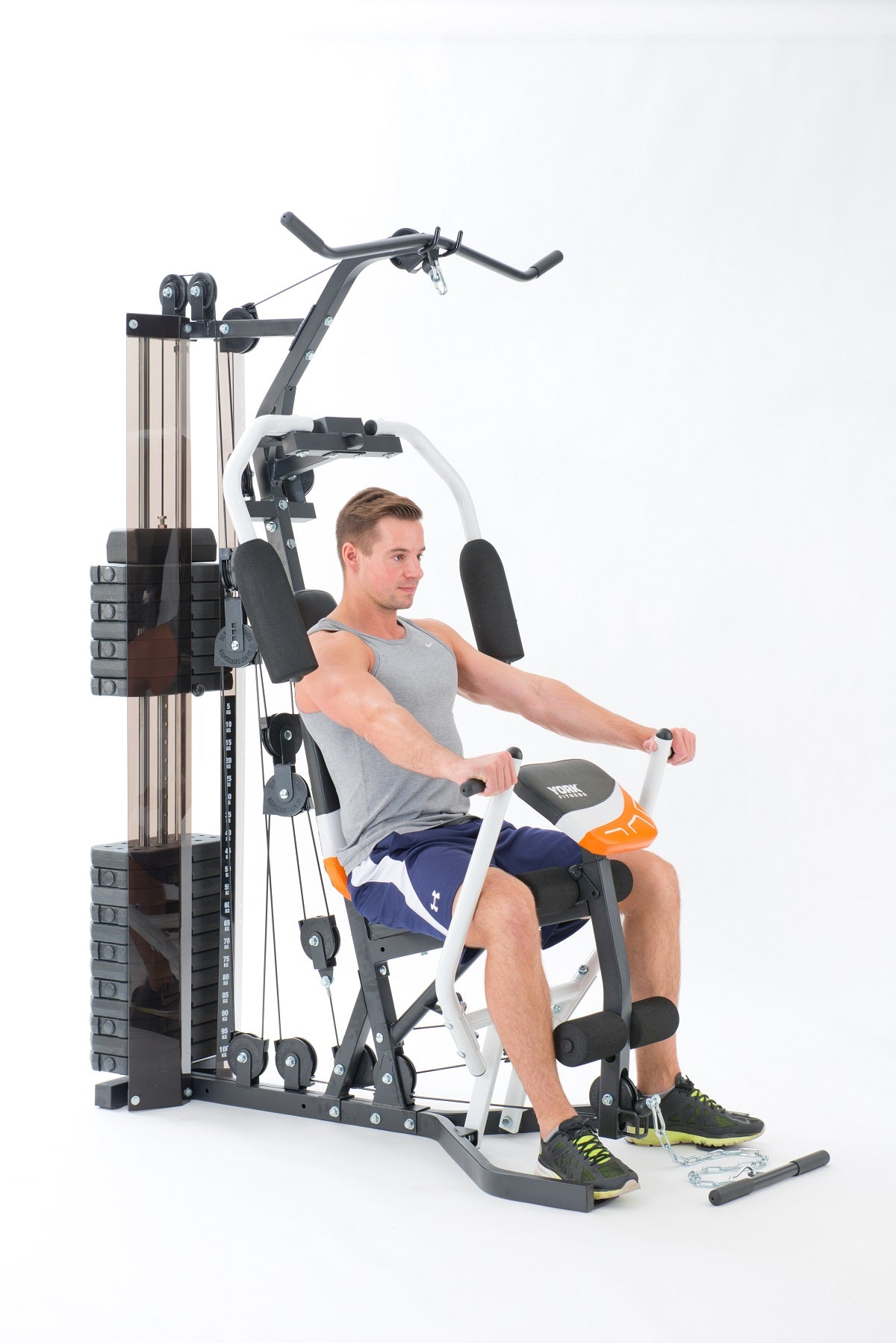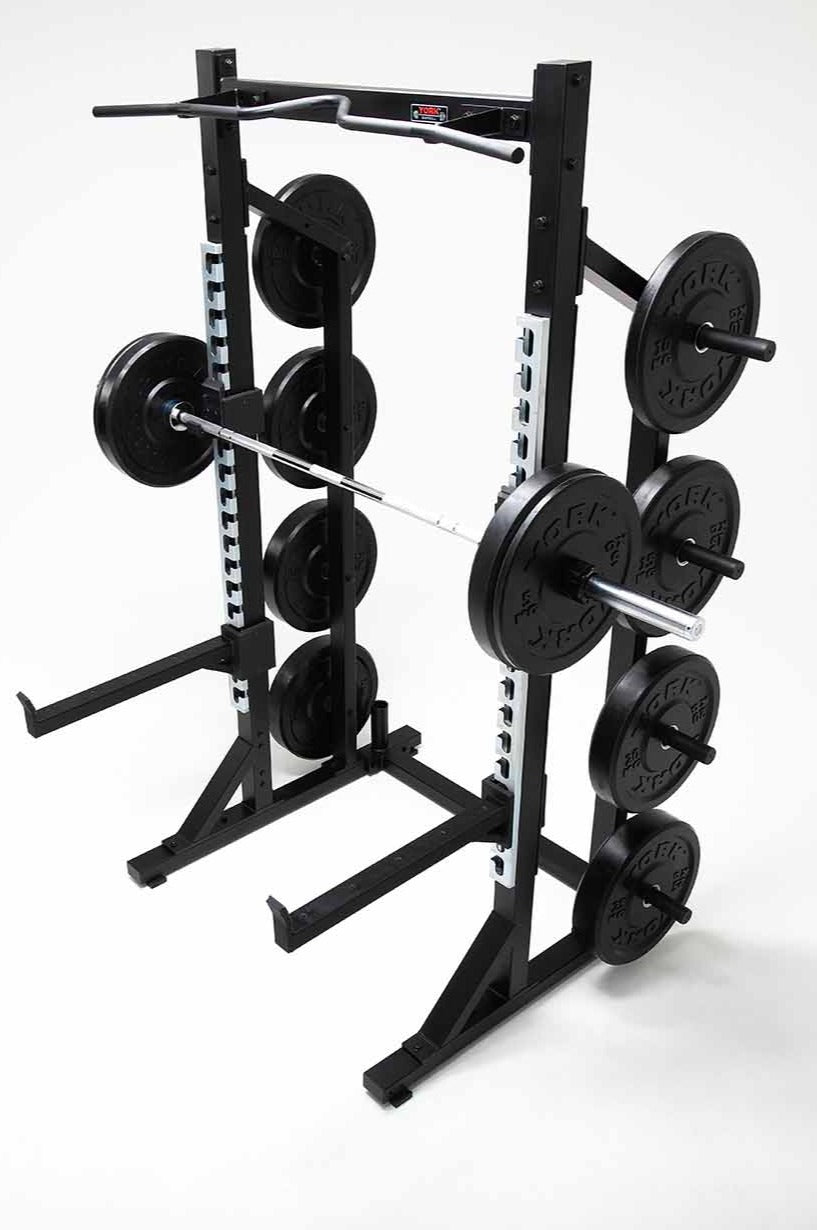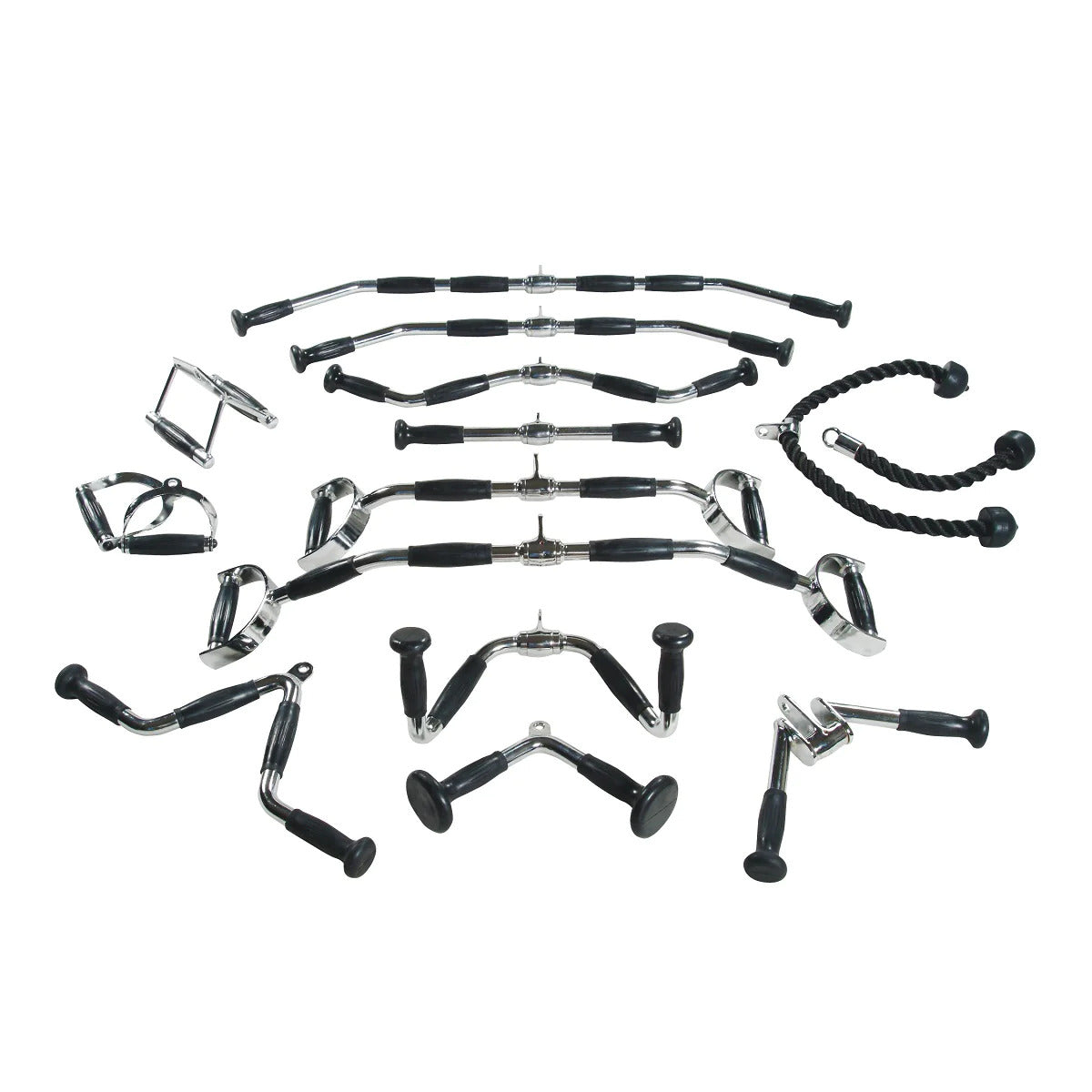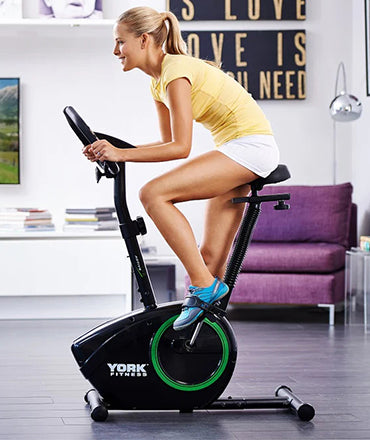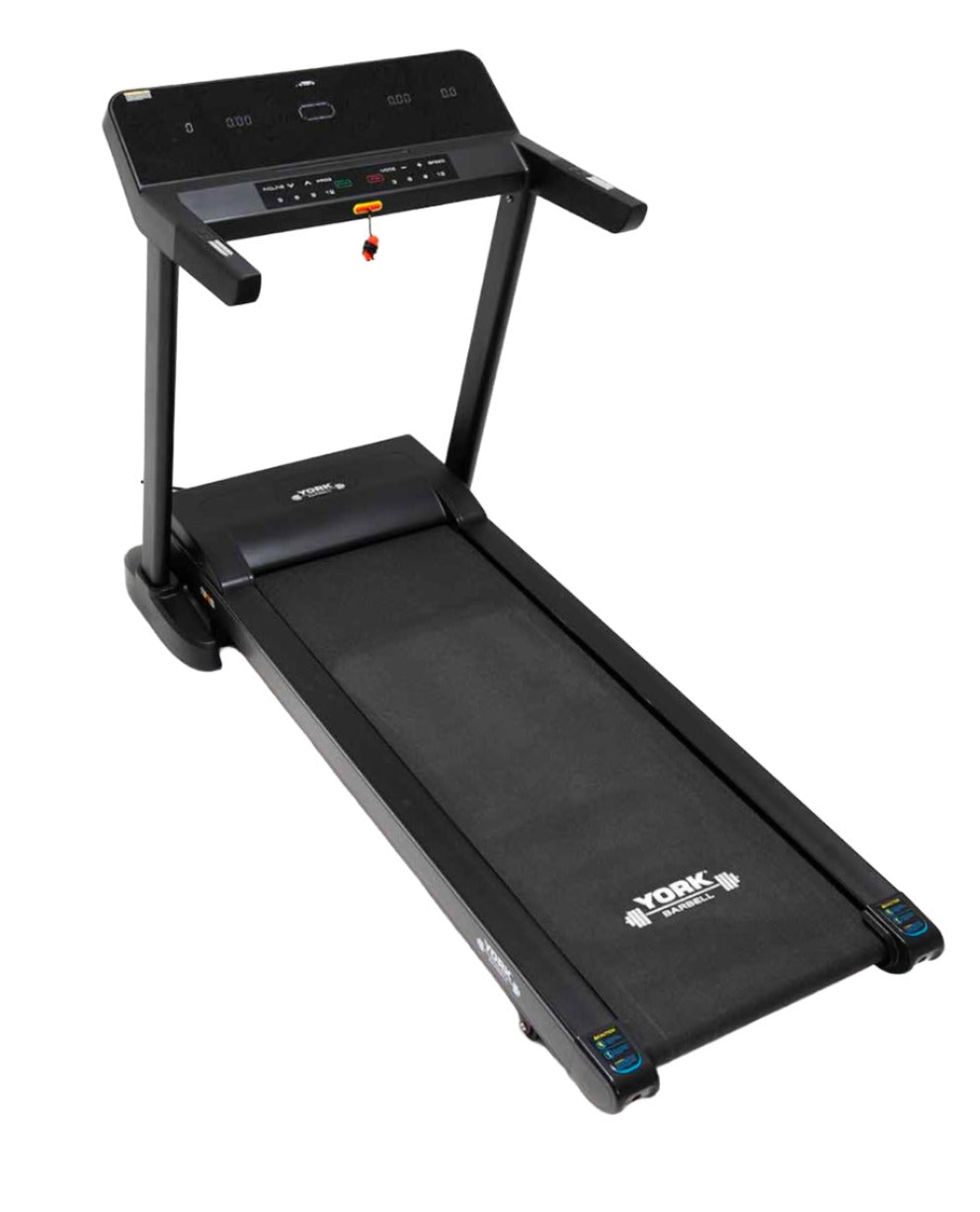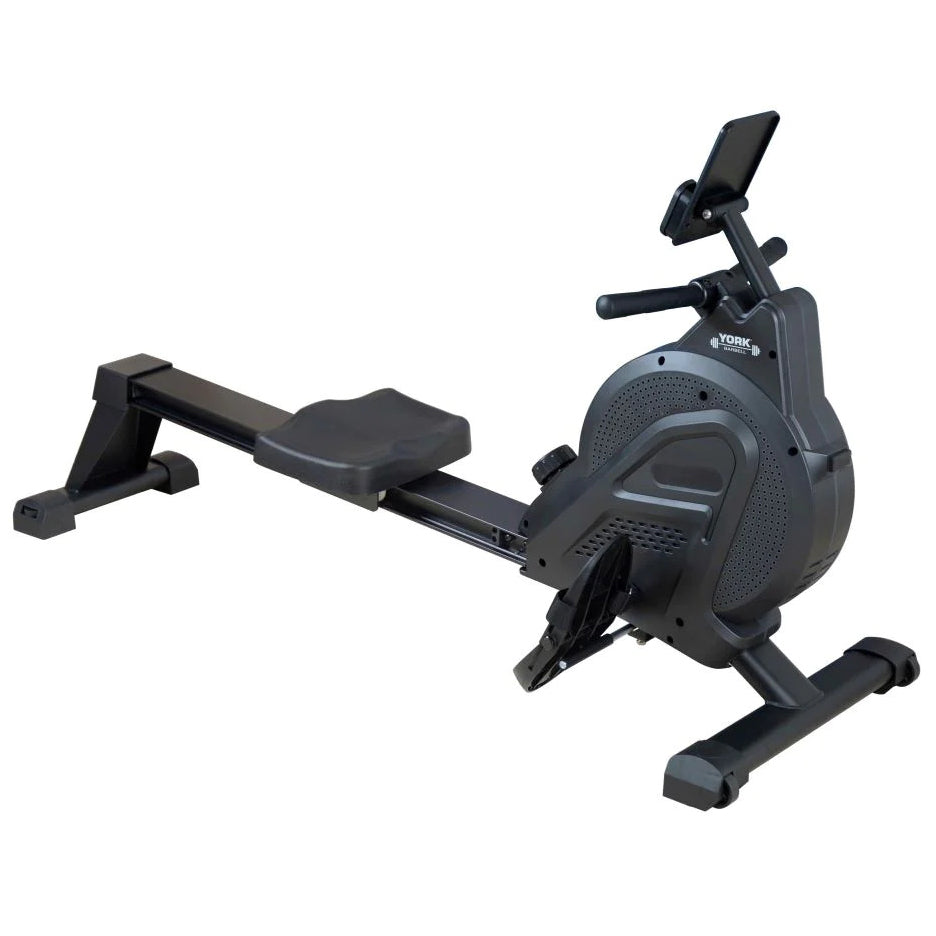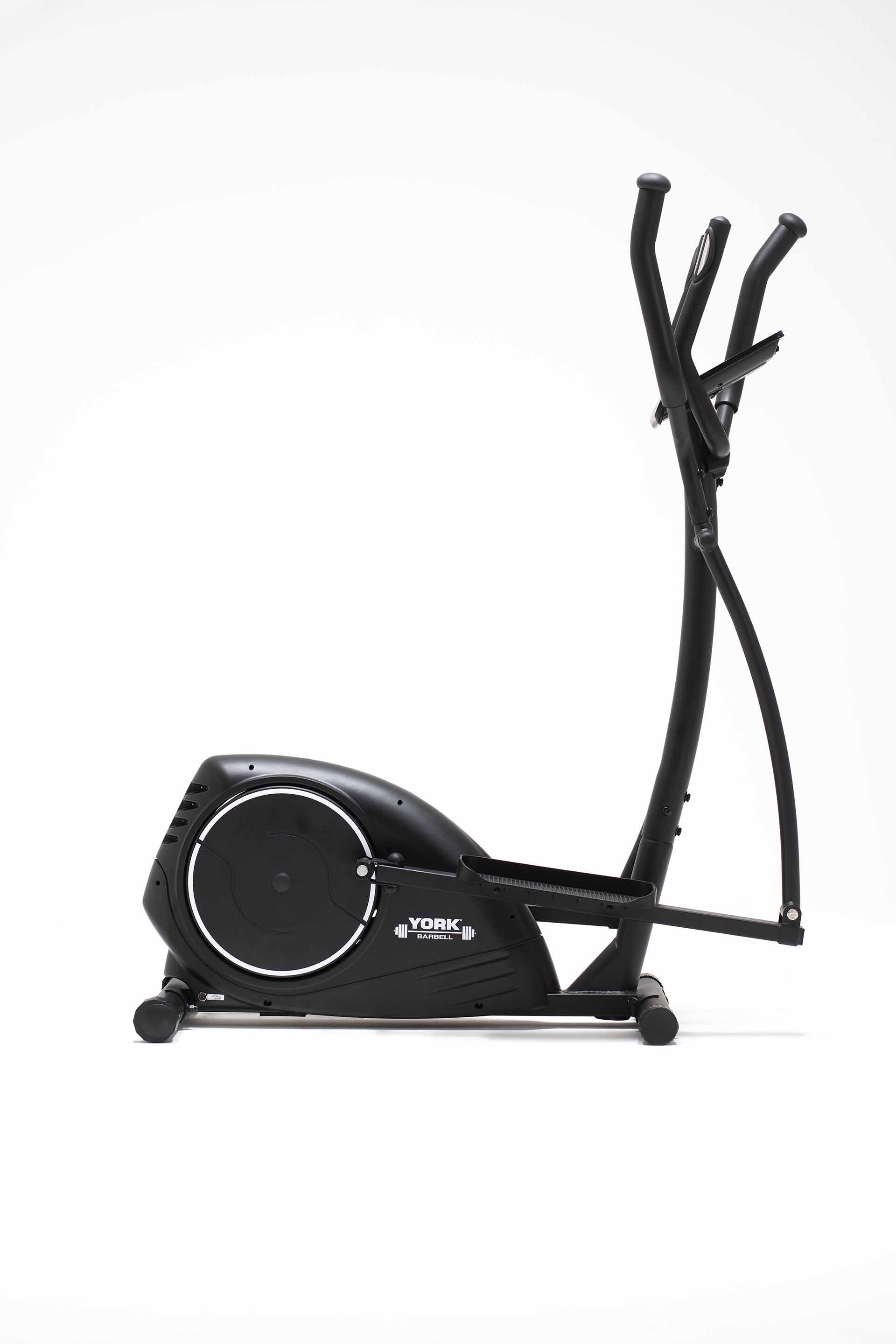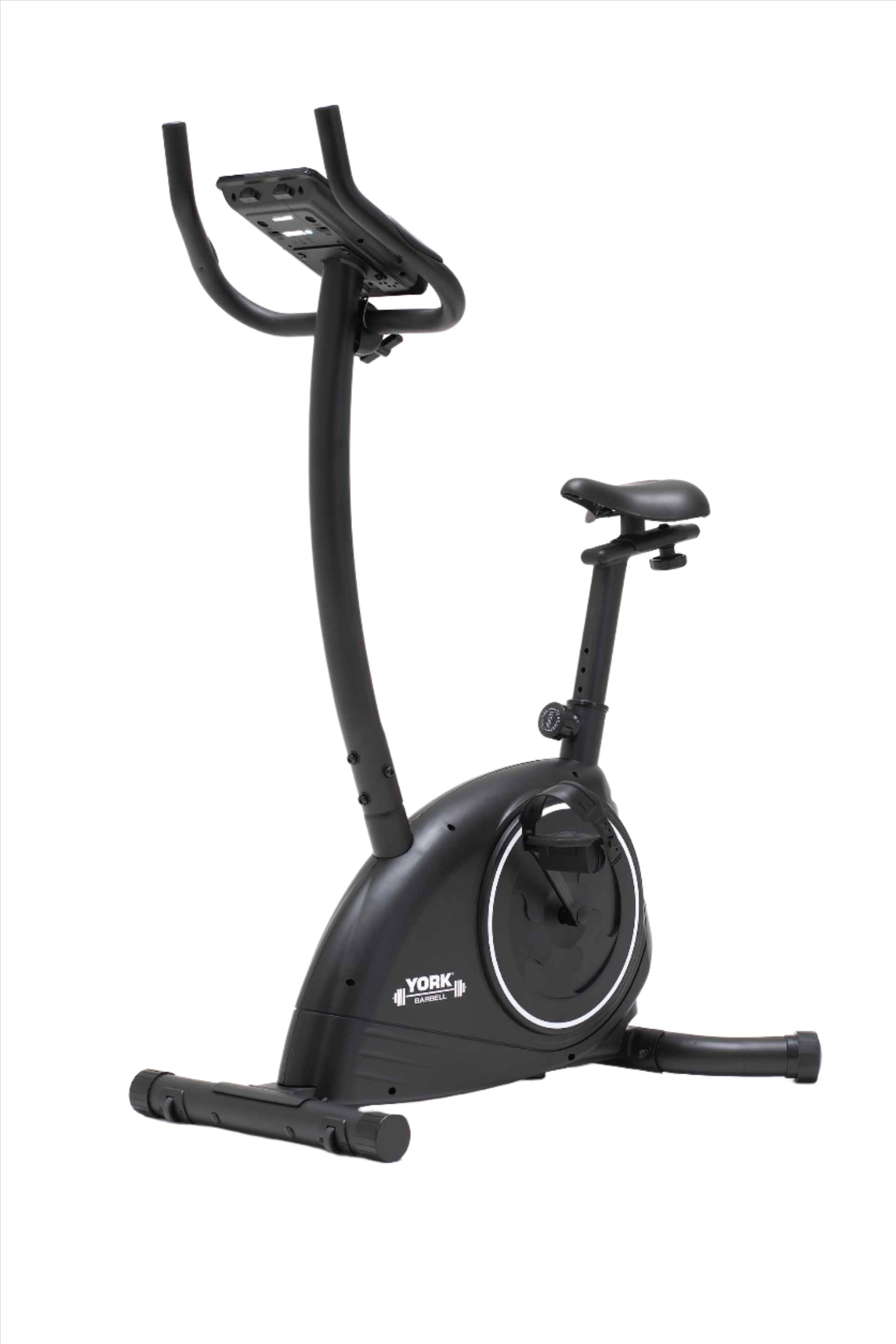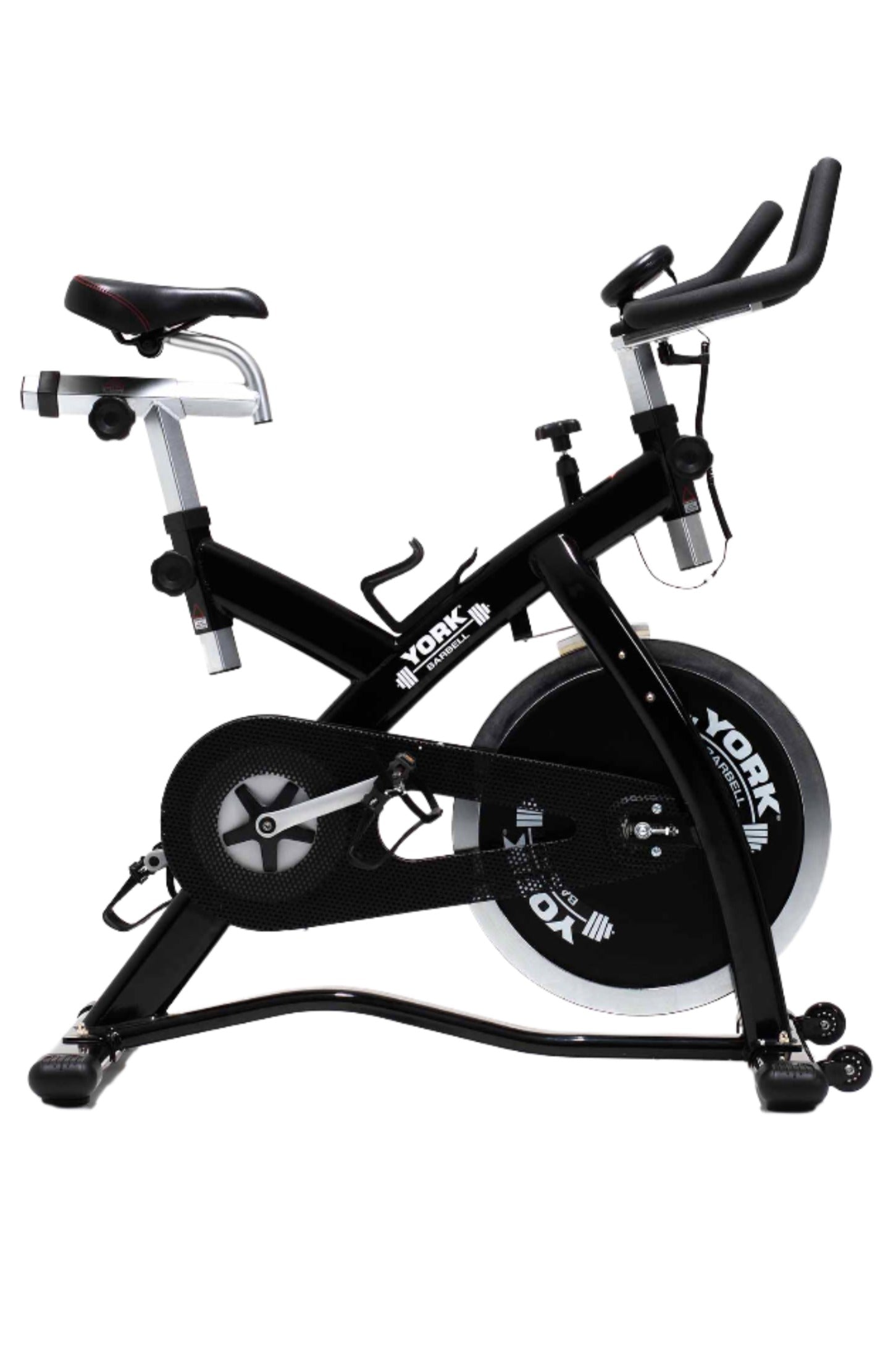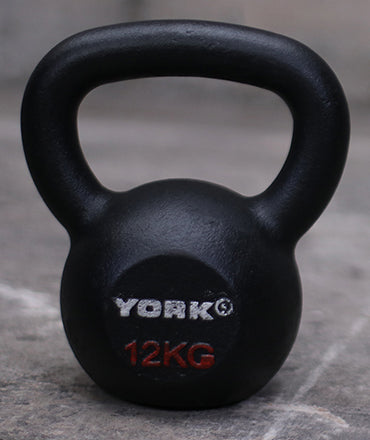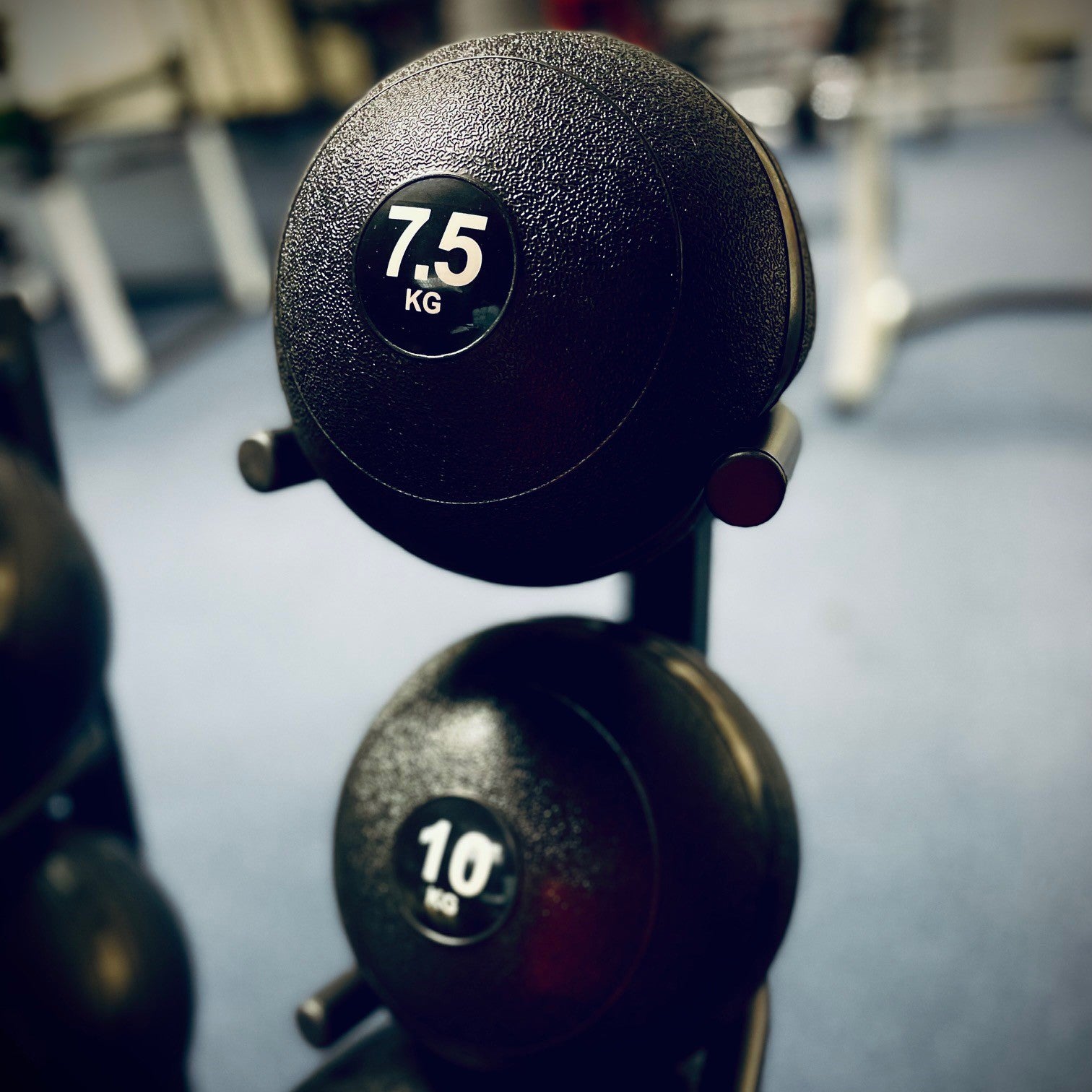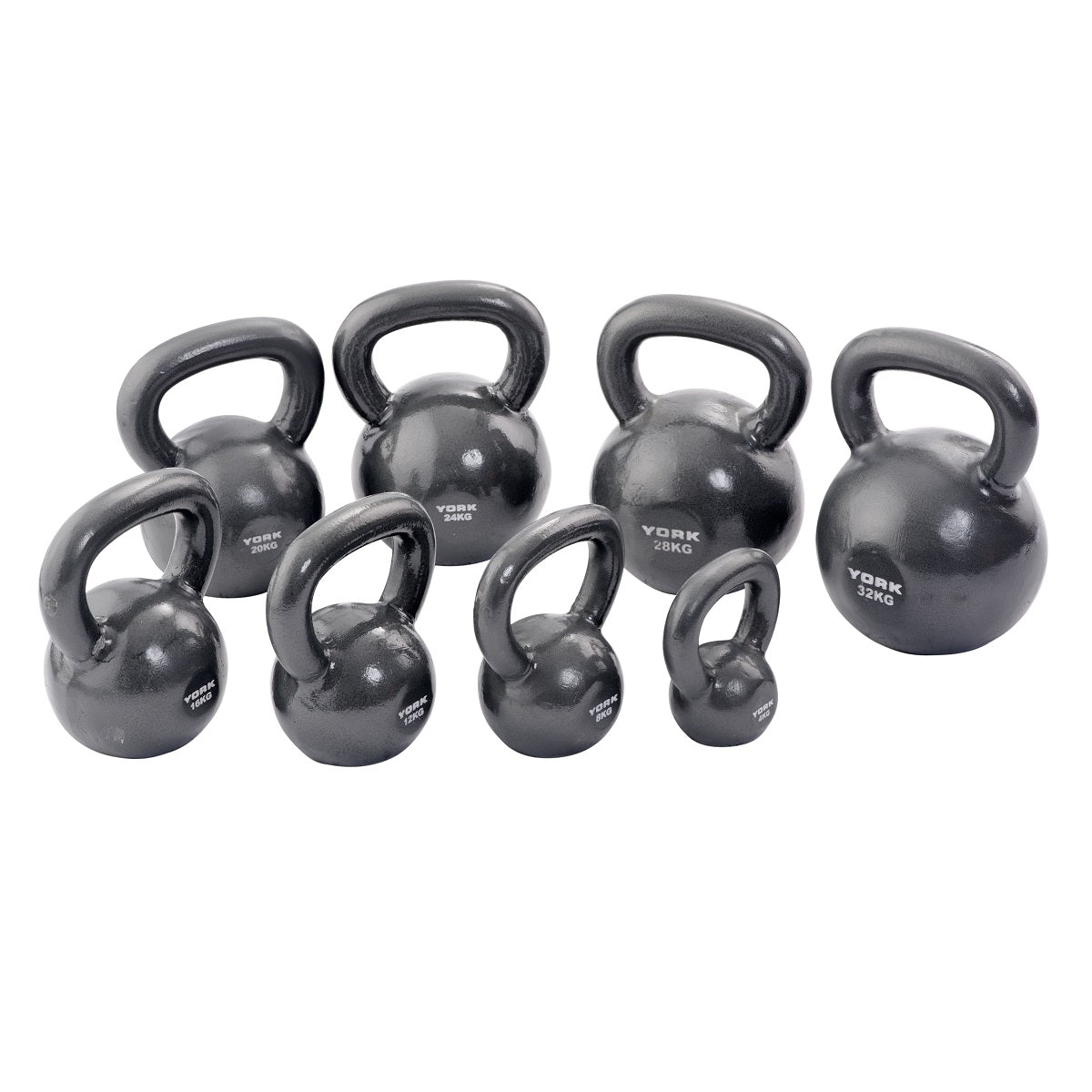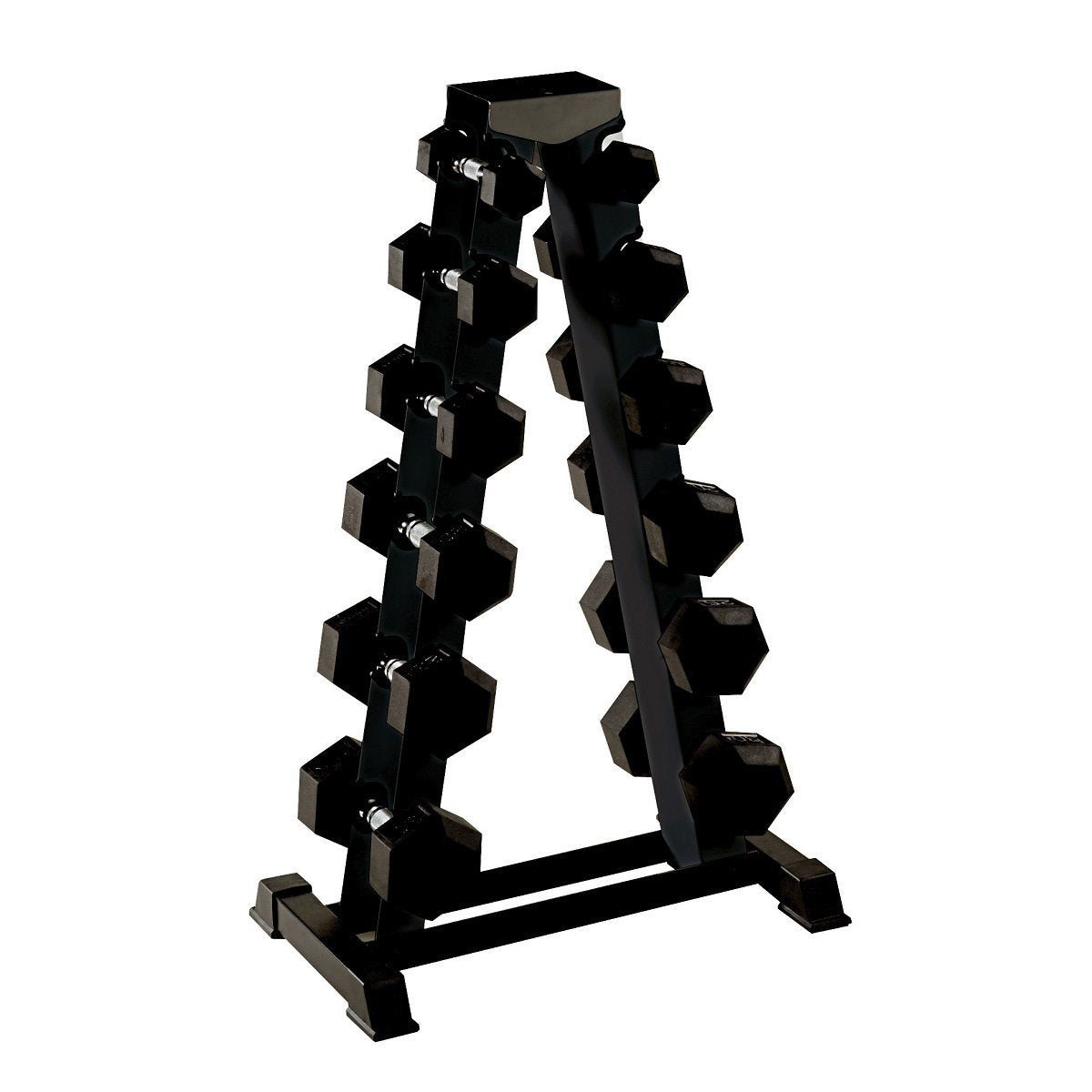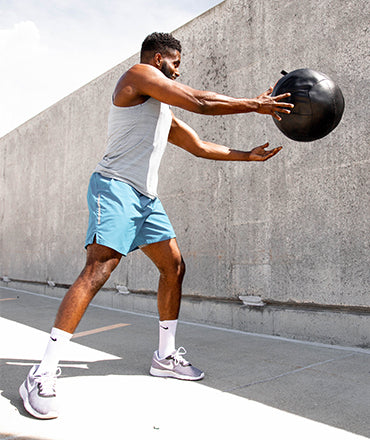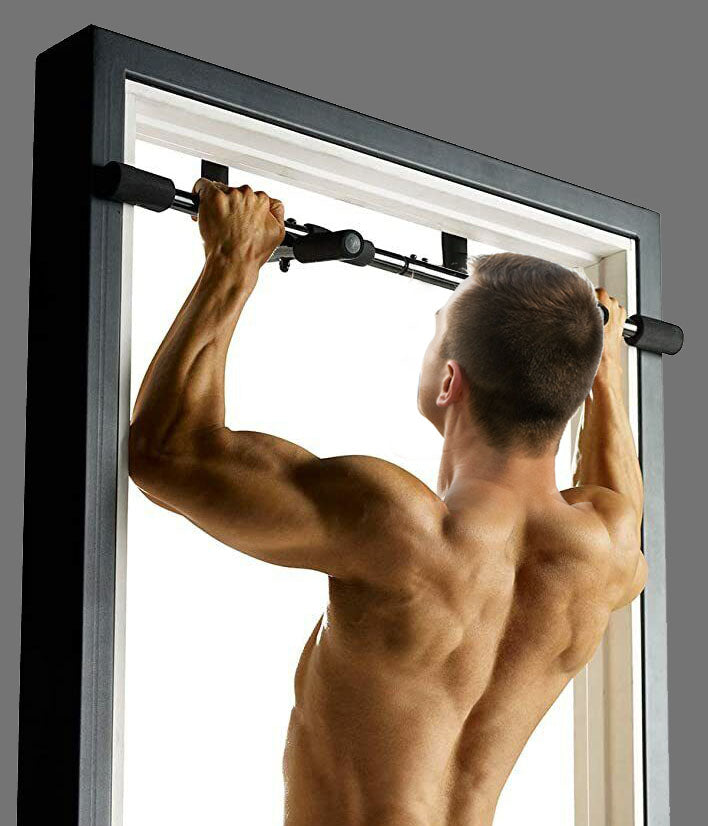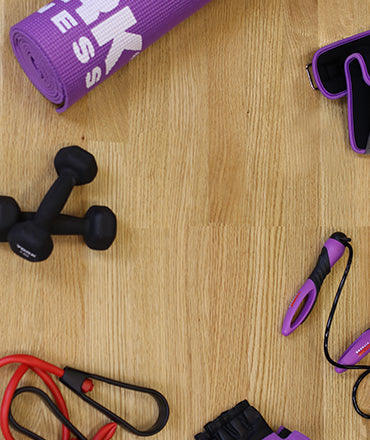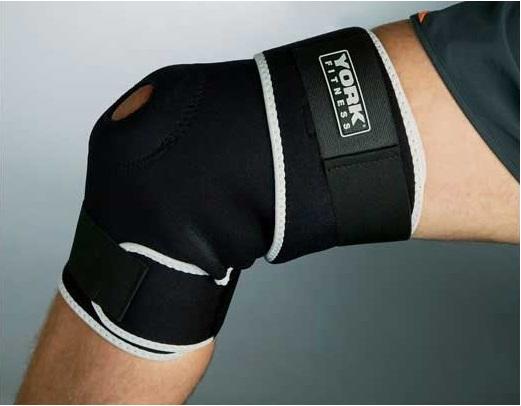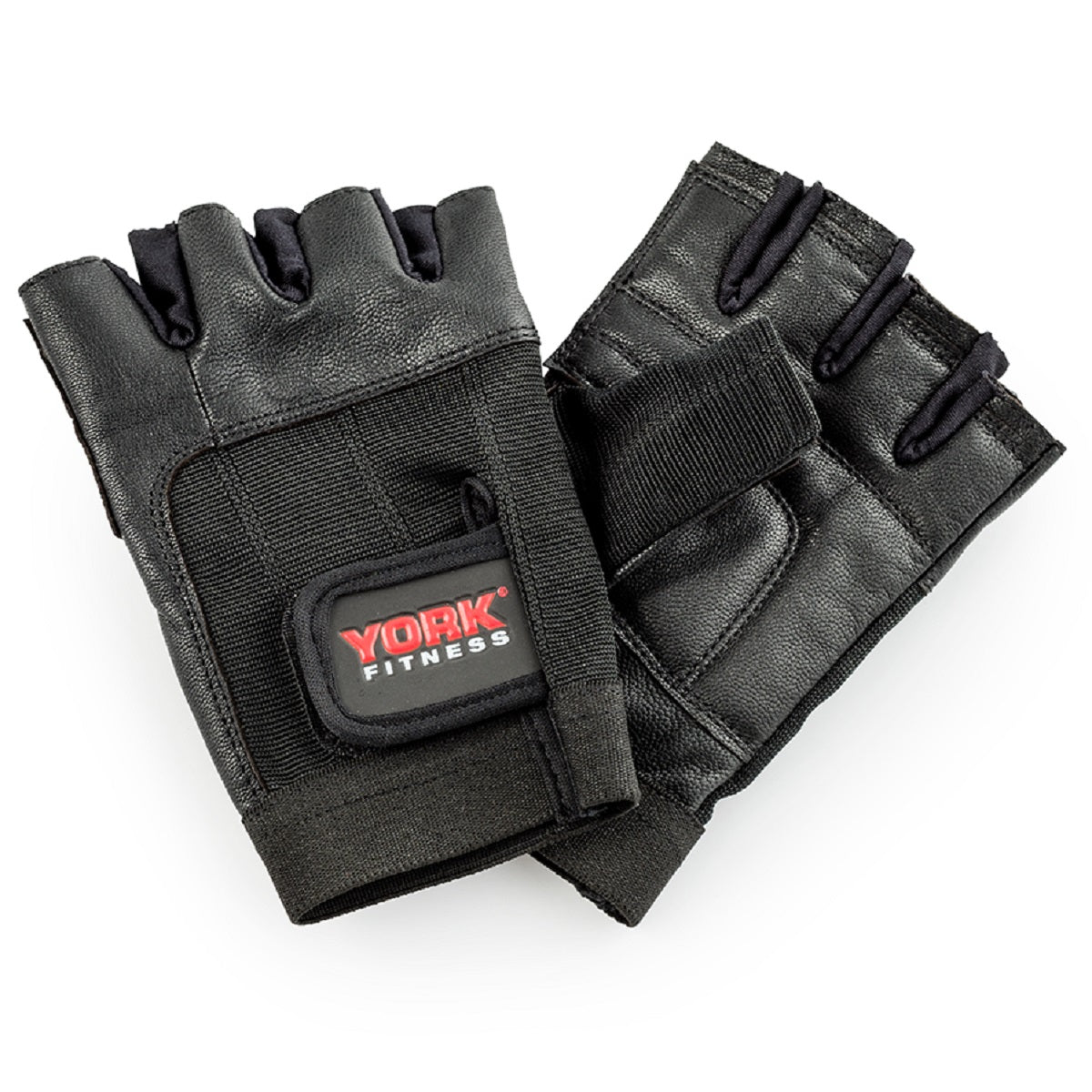The Big 5: Essential Compound Exercises for Maximum Strength and Muscle Growth
In the world of strength training, not all exercises are created equal. While isolation movements like bicep curls or leg extensions have their place, the foundation of any serious strength and muscle-building program lies in compound movements—exercises that engage multiple muscle groups across more than one joint.
In this article, we dive deep into the Big 5 compound lifts—Squat, Deadlift, Bench Press, Pull-Up, and Overhead Press. These are the cornerstone exercises for building full-body strength, stimulating hypertrophy (muscle growth), and developing functional fitness. Whether you're a beginner or a seasoned lifter, mastering these five lifts will pay dividends in performance, physique, and injury resilience.
Why Compound Movements Are Essential
Compound lifts provide the biggest return on your training investment. Here’s why they are essential:
1. Maximum Muscle Recruitment
Each compound lift recruits multiple major muscle groups simultaneously. For example, a squat works your quads, hamstrings, glutes, lower back, and core. This translates into greater strength development and muscular coordination.
2. Hormonal Response
Heavy compound movements significantly stimulate the release of anabolic hormones such as testosterone and growth hormone, both of which are vital for muscle repair and growth.
3. Functional Strength
These lifts mimic real-life movements like picking up a heavy box, pushing an object overhead, or pulling yourself up. Strength developed from compound lifts translates better to everyday activities and athletic performance.
4. Time Efficiency
Why spend an hour doing five different isolation exercises when a few sets of squats or deadlifts can deliver a similar or better training effect in less time?
The Big 5: Lift by Lift Breakdown
1. Squats
The king of all lower-body movements, the squat is unmatched for building leg strength, improving mobility, and developing core stability.
Primary Muscles Worked:
- Quads
- Glutes
- Hamstring
- Core
- Lower Back
Proper Form Tips:
- Stand shoulder-width apart with toes slightly turned out.
- Keep the barbell high on your traps or low on your rear delts (depending on your style).
- Brace your core and descend by hinging at the hips and bending your knees.
- Keep your knees in line with your toes.
- Lower until your thighs are parallel or deeper (mobility allowing), then drive through your heels to stand.
Common Mistakes:
- Knees caving in: Focus on keeping them pushed out.
- Heels coming off the ground: Indicates poor ankle mobility or weak glutes.
- Rounded back: Engage your core and keep a neutral spine.
Progression Tips:
- Add 5–10 lbs weekly if you're squatting 1–3x/week.
- Use paused squats to build strength out of the hole.
- Incorporate box squats to work on depth and control.
2. Deadlift
Few exercises rival the deadlift for total-body strength development. It’s a pure display of raw power and posterior chain dominance.
Primary Muscles Worked:
- Glutes
- Hamstring
- Lower Back
- Traps
- Forearms
- Core
Proper Form Tips:
- Set up with feet hip-width apart, barbell over midfoot.
- Bend at the hips and knees, grip the bar just outside your knees.
- Flatten your back and engage your lats (imagine squeezing oranges under your armpits).
- Drive your feet through the floor and stand tall.
- Hinge at the hips to lower the bar under control.
Common Mistakes:
- Rounded back: Major injury risk—engage your core and lats.
- Bar drifting away: Keep it close to your shins throughout.
- Hitching the bar: Indicates you're using too much weight or poor technique.
Progression Tips:
- Use linear progression (add 5–10 lbs weekly) or double progression (increase reps before adding weight).
- Add deficit deadlifts or Romanian deadlifts for variation and increased range of motion.
- Train grip with fat bars or farmer’s carries.
3. Bench Press
The bench press is the go-to for upper body pushing strength and chest development.
Primary Muscles Worked:
- Chest (Pectorals)
- Shoulders (Anterior Deltoids)
- Tricps
Proper Form Tips:
- Lie on the bench with feet flat, back arched slightly, and shoulder blades retracted.
- Grip the bar slightly wider than shoulder width.
- Lower the bar to your sternum with control.
- Push the bar back up while driving your feet into the ground.
Common Mistakes:
- Flaring elbows: Keep them at a 45-degree angle to protect your shoulders.
- Bouncing the bar: Use a controlled tempo; no need to turn your sternum into a trampoline.
- Poor wrist alignment: Keep wrists stacked over your elbows.
Progression Tips:
- Use progressive overload through micro-loading (2.5–5 lb increases).
- Train close-grip bench for triceps or incline bench for upper chest.
- Incorporate pause reps to eliminate momentum and build strength at the bottom.
4. Pull-Up (or Chin-Up)
The ultimate upper-body pulling exercise. It’s a test of relative strength and is phenomenal for building back width and arm size.
Primary Muscles Worked:
- Lats
- Biceps
- Rhomboids
- Rear Delts
- Core
Proper Form Tips:
- Start from a dead hang with arms fully extended.
- Pull your chest toward the bar by driving your elbows down and back.
- Avoid swinging or kipping (unless doing CrossFit-style workouts).
- Lower under control to full extension.
Common Mistakes:
- Partial range of motion: Always use a full hang and full chin-over-bar finish.
- Shrugging shoulders: Engage your lats by depressing your scapulae.
- Over-relying on momentum: Strict form trumps reps.
Progression Tips:
- If you can't do a pull-up yet, start with assisted pull-ups, negative reps, or lat pulldowns.
- Add weight with a dip belt or weighted vest once bodyweight reps are easy.
- Use grip variations (neutral, wide, chin-up) to hit different angles.
5. Overhead Press (OHP)
The OHP is often overlooked but is critical for building powerful shoulders, upper chest, and core stability.
Primary Muscles Worked:
- Deltoids (especially anterior)
- Tricps
- Upper Chest
- Core
- Upper Back
Proper Form Tips:
- Grip the bar just outside shoulder width.
- Stand tall with feet shoulder-width apart.
- Brace your core, press the bar overhead while moving your head slightly back.
- Lock out with the bar over midfoot and arms fully extended.
Common Mistakes:
- Leaning back excessively: Can strain your lower back—keep your core braced.
- Flaring elbows out: Keep them slightly in front of the bar path.
- Pressing too fast: Control the tempo, especially on the way down.
Progression Tips:
- Start light and use linear progression.
- Use push presses to overload with more weight (incorporates legs).
- Try seated OHPs for variation and stability emphasis.
How to Implement Progressive Overload
Progressive overload is the linchpin of strength and muscle development. Without it, your body has no reason to grow. Here are key methods to apply it to your Big 5 training:
- Add Weight Gradually: Increase the load by small increments (2.5–10 lbs) each week, especially for compound lifts.
- Increase Reps or Sets: If you’re not ready to add weight, aim to increase reps within a target rep range (e.g., from 5 to 8), or add an extra set.
- Manipulate Tempo: Slowing down the eccentric (lowering) phase or adding pauses can increase time under tension and stimulate growth without adding weight.
- Shorten Rest Periods: Reducing rest (while maintaining intensity) can increase training density and hypertrophic stimulus.
- Vary the Exercise Slightly: Adding variation—like switching from barbell to dumbbell, or flat to incline bench—can challenge your muscles in new ways and break plateaus.
Final Thoughts: Mastering the Fundamentals
The Big 5 compound exercises are the pillars of any intelligent strength training program. While new fitness trends and flashy machines come and go, these time-tested lifts continue to deliver unmatched results for strength, size, and athletic performance.
Whether you're training for aesthetics, performance, or general health, prioritize these foundational movements. Focus on form first, load second. Stay consistent, follow progressive overload principles, and you'll build not just muscle—but a powerful, resilient body capable of anything you ask of it.
Next in the Series: Stay tuned for Article 3, where we’ll cover how to structure your weekly training split using the Big 5 as your foundation!
